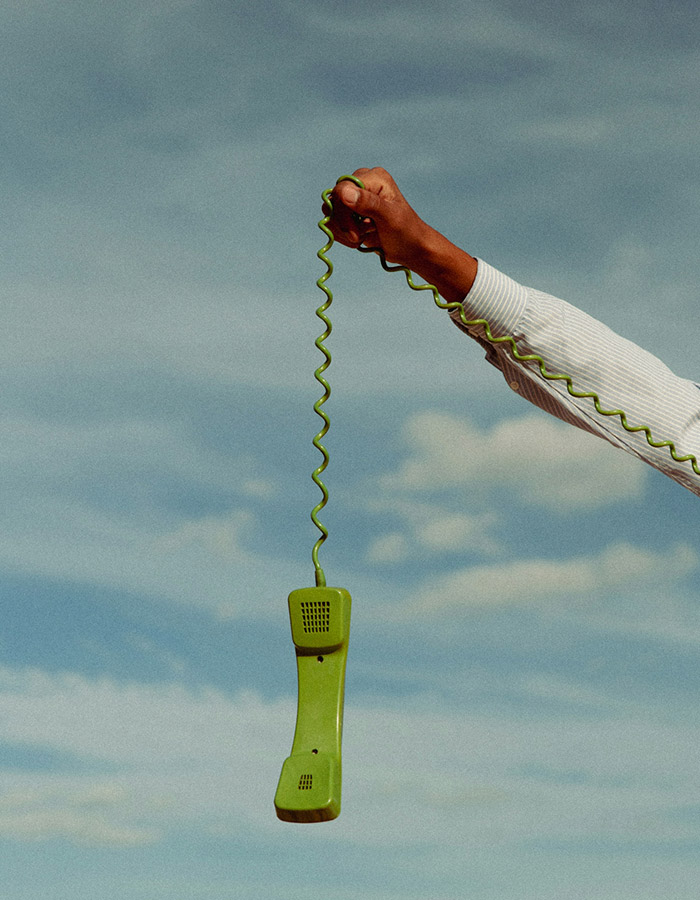The Concept of Earned Aesthetics
On cracks, wear, and the strange beauty of decay.
We’re surrounded by design that’s obsessed with newness. Everything is clean, smooth, untouched. Interfaces launch polished. Products ship flawless. Packaging is pristine by default. The creative industry chases perfection—because perfect sells, screenshots well, and feels safe.
But here’s the twist: some of the most loved things in our lives only start to look right once they’ve been used, worn in, or even broken.
That hoodie you’ve washed a hundred times.
The film photo with the light leak.
The old cassette tape that warps at exactly the same point every time—and makes the song better for it.
Why is that?
Earned Aesthetics
There’s a certain kind of beauty that doesn’t come from design—it comes from time.
You see it in the grain of a photo, the scuff on a camera, the faded logo on a band tee. These weren’t “designed” to look better broken, but they do. Because the break is part of the story. The texture becomes a kind of memory. And that memory makes things feel more human.
It’s not nostalgia—it’s presence. A kind of aesthetic patina earned through use.
Grain, scratches, softness, tension—these things register emotionally. They remind us something has been there. That it’s survived. That it’s real.
In a world where everything is overproduced, broken can feel honest.
Utility Creates Identity
Most things don’t become beautiful the moment they’re made. They become beautiful when they’re lived with.
A phone case worn down in the exact spot you grip it. A chair with a slight tilt because it always sits near the window. A skateboard chipped on the tail after every failed trick that led to a better one.
These marks aren’t damage—they’re personalization. They’re proof that something wasn’t just owned, but used. And use, over time, creates a visual record that no brand system can replicate.
In a way, we don't just use things—we shape them. And that shaping becomes its own design layer.
Control vs. Patina
Designers are trained to control everything.
Color. Spacing. Language. Alignment. Mood.
We love polish because it’s precise—and because it’s measurable.
But users fall in love with things that change. That age. That shift slightly out of line.
The things we design rarely stay in their ideal state. They get updated, repurposed, repainted, repacked, misused. And sometimes, that’s when they get good. Not broken like failed—but broken in, like familiar.
Design that tries too hard to resist change becomes fragile. Design that embraces it feels alive.
Beauty Isn’t in the Finish—It’s in the Use
The truth is: people don’t build relationships with perfection. They build relationships with evidence. Signs of wear. Signs of trust. Signs that this thing was needed, kept, handled, carried, repaired.
We don’t fall in love with perfect objects. We fall in love with the ones that show up for us—again and again—even after they’ve cracked a little.
That doesn’t mean everything should be designed to break. It means we might stop trying to preserve things in their ideal state. Maybe the real success of design isn’t how it looks at launch—but how it holds up after five years in someone’s bag.
Because sometimes, the best work we ever do won’t stay pristine.
It’ll get scratched. Marked. Softened.
And that’s not the end of the design.
That’s when it starts becoming real.
